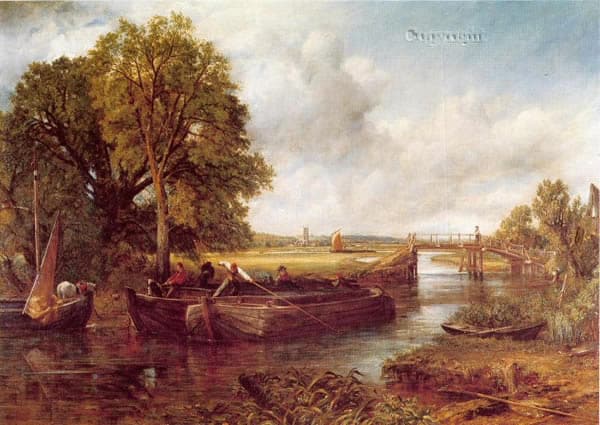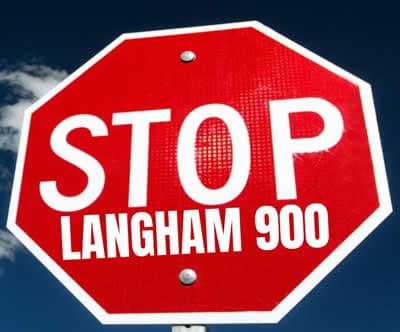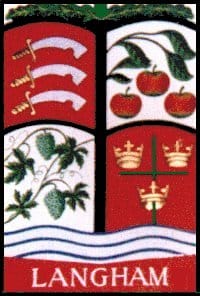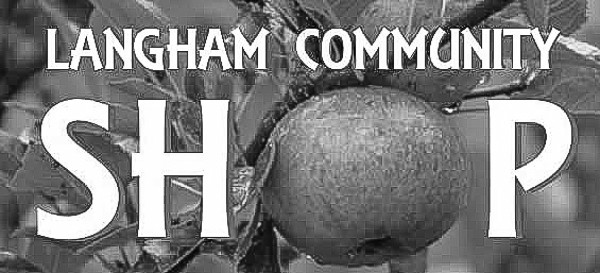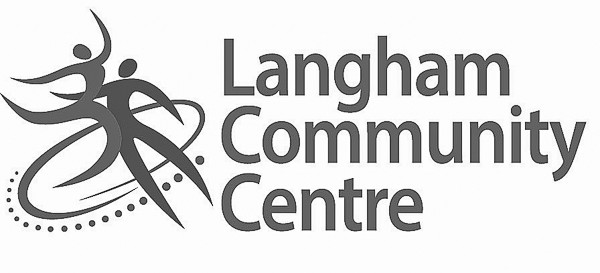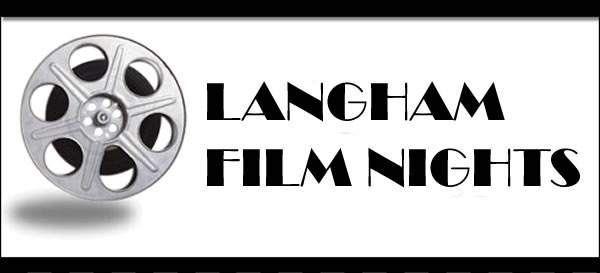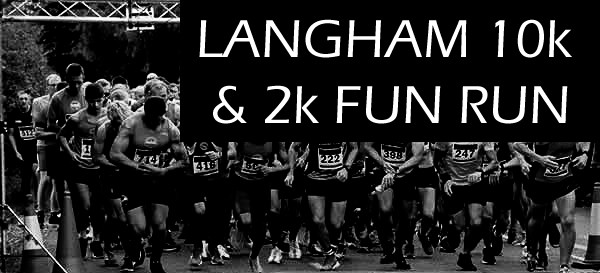JOHN CONSTABLE, R.A. 1776 - 1837
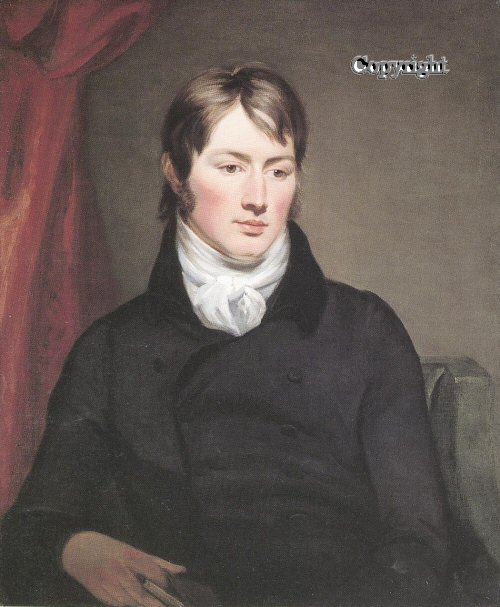
A portrait of Constable in 1799 painted by Ramsey Reinagle
John Constable was born on 11/06/1776, the fourth child of Golding and Ann Constable. He spent most of his schooldays at Dedham Grammar School and would have walked along the Stour to it from his home in East Bergholt. The Constable family had farmed in the Stour Valley from the fourteenth century and so it is not surprising that he felt so attached to the area. He started studying at the Royal Academy in 1799 and for the next 10 years he earned a little money copying pictures and doing portraits. One of his first patrons and supporters was Dr John Fisher, the Rector of Langham, and so John Constable would have been very familiar with the area around Langham Church. Dr Fisher was prominent in fashionable society and referred to as the “King’s Fisher” because of his associations with King George III. He was appointed Bishop of Salisbury in 1807. He was a very good friend of Constable and gave him good advice as well as patronage although he was not a great connoisseur himself. It was through Dr Fisher that Constable met his nephew, also Rev John Fisher, and he became Constable's closest friend and also a great patron. Constable spent his honeymoon at Fisher’s house in Osmington in Dorset. A considerable part of Leslie's 'Memoirs of the life of John Constable' is based on correspondence between John Fisher and Constable.
In 1816 he married Maria Bicknell. John and Maria had seven children, despite Maria's bad health; when she died, in 1828, it marked the end of Constable's most productive period of painting. John died on 31/03/1837 and is buried in the churchyard of Hampstead Church beside Maria.
In 1816 he married Maria Bicknell. John and Maria had seven children, despite Maria's bad health; when she died, in 1828, it marked the end of Constable's most productive period of painting. John died on 31/03/1837 and is buried in the churchyard of Hampstead Church beside Maria.

A portrait of Maria Bicknell painted in 1816 by John Constable
Constable Country is a small area along the valley of the river Stour consisting of East Bergholt, Flatford and Stratford St Mary on the Suffolk side and Dedham and Langham on the Essex side. Throughout his life Constable kept returning to scenes he loved around this small area. To this day much of the countryside would easily be recognised by Constable, and at Flatford, (now owned by the National Trust), the sites of seven of his major paintings can be located with precision. One problem with seeing the views is that there are far more trees today than there were 200 years ago!
Constable painted a number of pictures from the top of the tower of Langham Church, usually looking along the Stour Valley. Two examples are:
Constable painted a number of pictures from the top of the tower of Langham Church, usually looking along the Stour Valley. Two examples are:
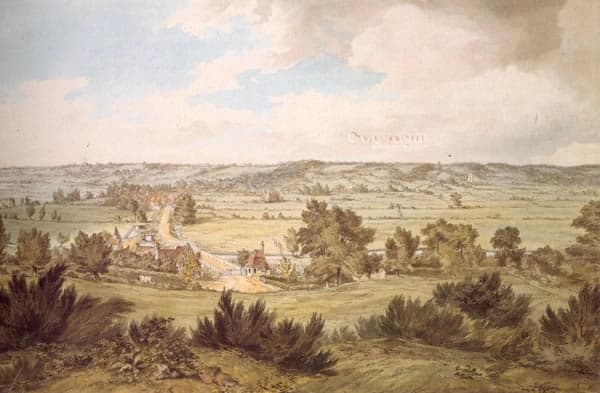
Painted in about 1800 this shows the view towards Stratford St Mary.

The Vale of Dedham, 1828, shows Dedham Church in the middle distance and Harwich in the far distance.
In many of Constable’s paintings barges appear on the river and they were a major feature of the river 200 years ago. Following an Act of Parliament in 1705 the Stour had been made navigable from the coast, at Manningtree, up to Sudbury. The main purpose of the barge traffic was to take coal up to Sudbury returning with bricks and agricultural produce from the mills. The Stour Navigation was very successful during the late 18th century and early 19th century but after the coming of the railways it declined although it did continue until the first World War. The picture below is a good example of the Constable's attention to detail and his very accurate presentation of trees, sky and the posture of the people.
